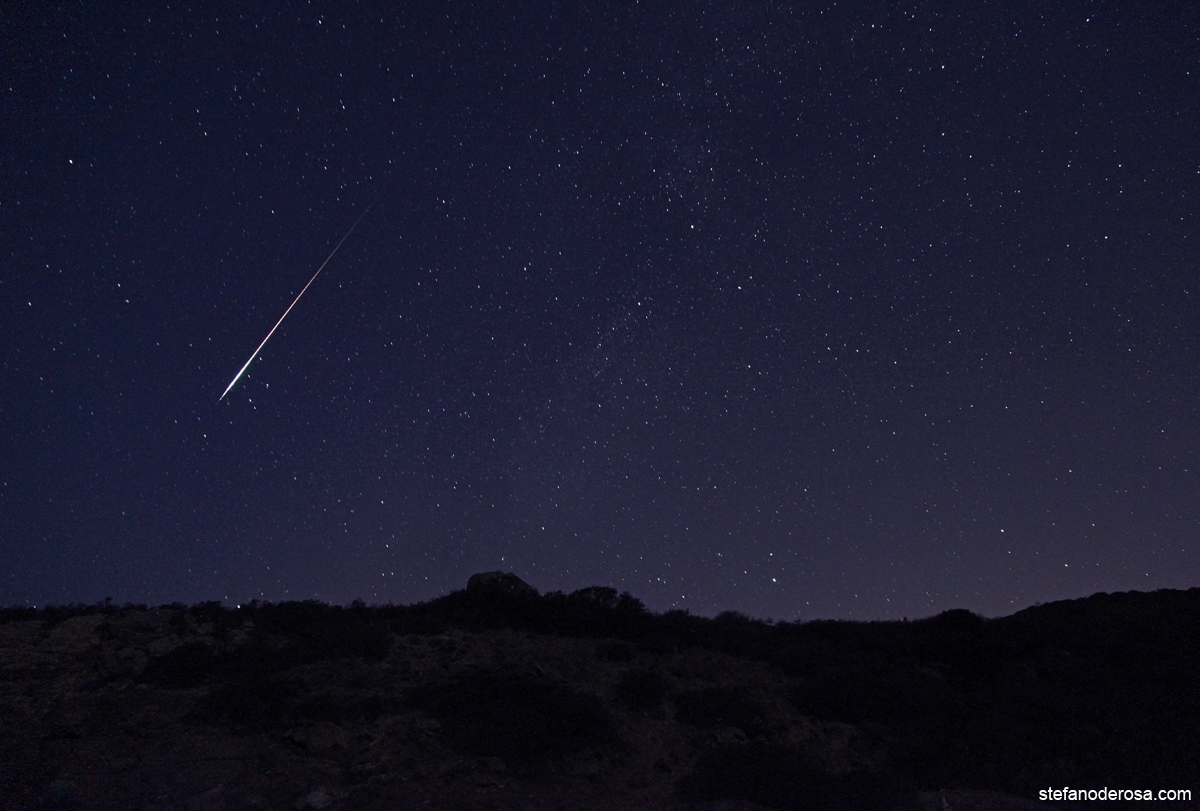 |
| Charlie at Ocean Beach |
I live on the west side of San Francisco near Ocean Beach and enjoy seeing the impact of the Sun and Moon firsthand. I watch the seasonal changes to the high and low tides at the beach and note the relative impact of the changing phases of the Moon and the subtle influence of the Sun's near and far approaches to the Earth. These changes are compounded on January 1st and the impact on tides will be dramatic.
On January 1st, we'll experience the first of three "
SuperMoons" for 2014, but you won't be able to see the first one as it will be a Super New Moon. Previously we had some beautiful Super Full Moons, glorious to watch as they rise and dominate the night sky. But a Super New Moon is so close to the Sun that it's not visible at all. However, it's influence is felt in our oceans and on full display in the tidal highs and lows. On January 1st, we see the convergence of three separate influences on the tides:
- the larger than usual Spring Tide that takes place each month at New Moon
- the influence of "
Perihelion" when the Sun is nearest the Earth for the year (specifically on Jan 3)
- the influence of "Perigee" when the Moon is nearest the Earth for this lunar cycle
As these three things line up and reach peak on January 1st, we will see the highest high tides and lowest low tides of the year, also known as a
Perigean Spring Tide. At Ocean Beach we will see a +7 foot high tide around 10:30 am, and a -1 foot low tide around 4:30 pm, something that dries up the shore just below the famous Cliff House landmark at the edge of San Francisco. I'll be there!
There is an interesting project called the
California King Tides Initiative that seeks to document very high tides, in an effort to evaluate the impact of global warming on coastal communities. When we have Super Moons, the tides are usually higher than usual as well - a chance to experience a King Tide.





